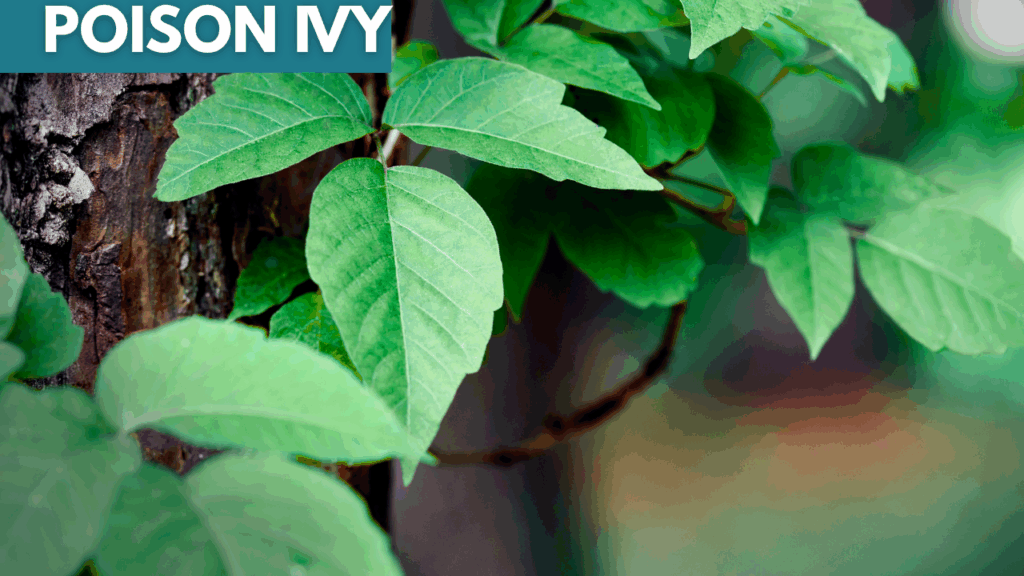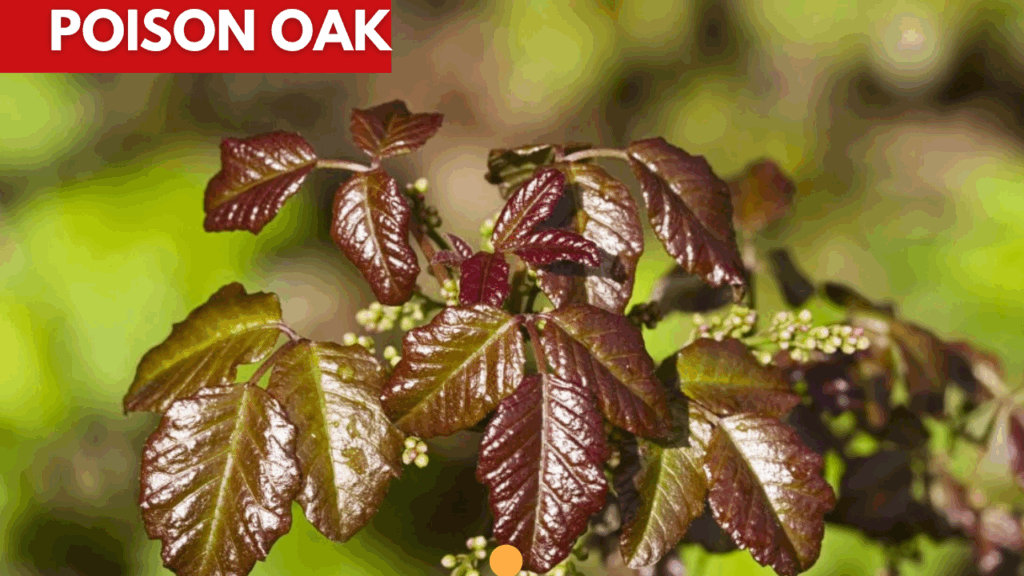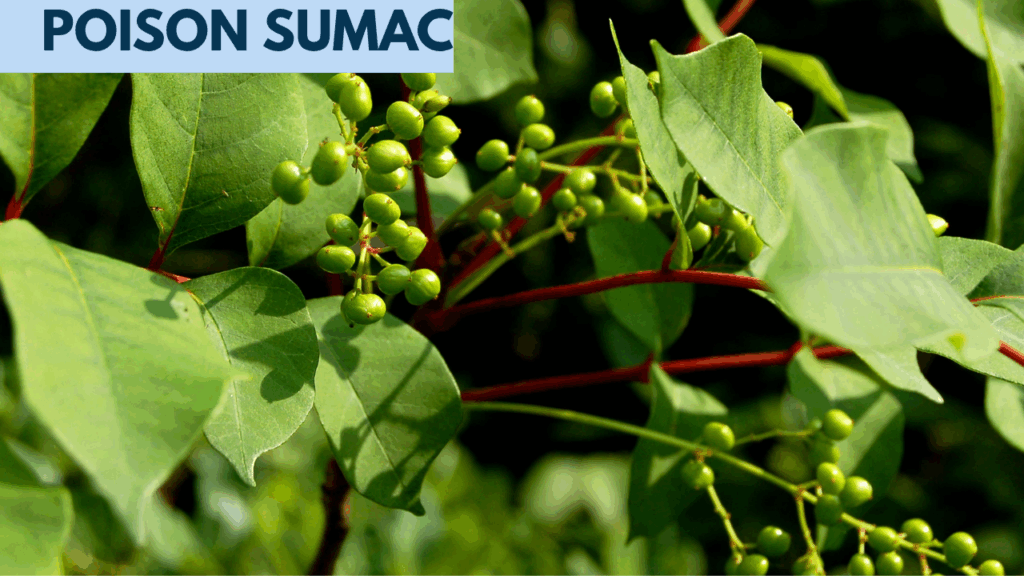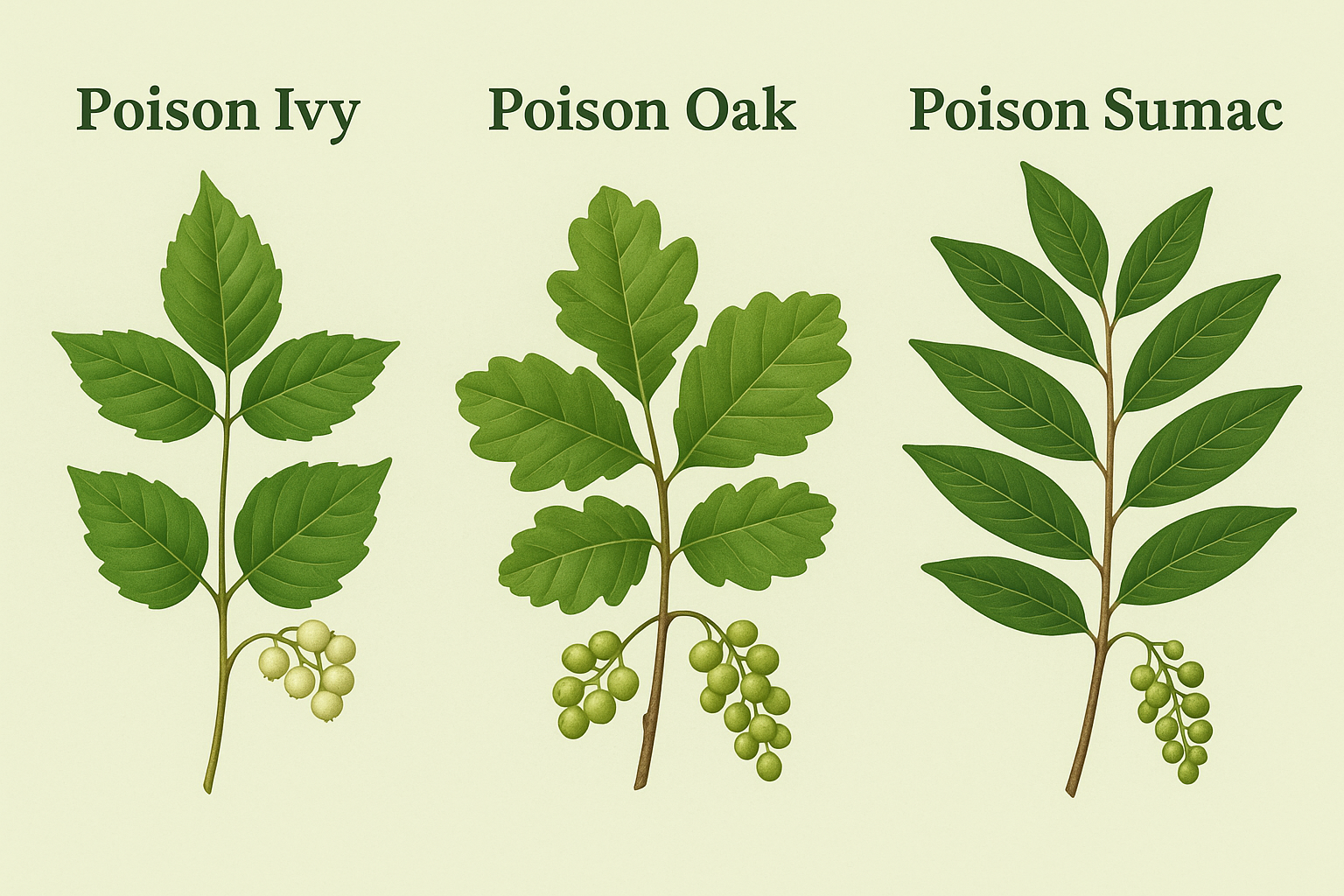Summer brings sunshine, fresh air and unfortunately, itchy rashes if you brush up against the wrong plant. Poison ivy, poison oak, and poison sumac all release a natural oil called urushiol, a substance that triggers allergic reactions in up to 85% of people. The result? Red, itchy, and often blister-filled rashes that can seriously put a damper on your outdoor fun.
Understanding how to recognize these plants can help you steer clear. But even when you’re careful, contact can still happen so it’s also key to know what to do if a rash appears.
What Do Poisonous Plants Look Like?
Though the rash they cause is similar, these plants don’t all look the same. Each grows in different regions and has unique features that can help you identify them.
Poison Ivy

You’ve probably heard the phrase “Leaves of three, let it be” – that’s poison ivy. Its signature three glossy leaflets have pointed tips and slightly toothed edges. Depending on the season, the leaves can range from red (spring) to green (summer) to orange or crimson (fall). It may also produce small, white berries.
- Region: Grows as a climbing vine in the South, Midwest, and East; as a shrub in northern states.
Poison Oak

Also grouped in threes, poison oak leaves look more like traditional oak leaves, with rounded edges and a fuzzy texture. The leaf color tends to be lighter green than poison ivy. It often grows as a bush in the East and South but may trail as a vine in the West.
- Fun fact: Its berries are typically greenish-yellow to white.
Poison Sumac

This one’s easier to spot because it looks very different. Poison sumac grows in wet, marshy environments and features rows of 7 to 13 smooth-edged leaflets on red stems. The leaf shape is elongated and pointed, giving the plant a feathery appearance.
- Location: Commonly found in swampy areas of the Southeast.
What to Do If You’ve Been Exposed
Accidentally brushed up against one of these plants? Act fast as urushiol can bind to your skin within minutes.
Step 1: Wash the area with soap and lukewarm water as soon as possible (ideally within 15 minutes).
Step 2: Scrub under your nails to remove any lingering oil.
Step 3: Wash clothes, shoes, tools, or pets that might have picked up the oil, it can stick around and cause future flare-ups.
Home Remedies for Mild Reactions
Most rashes appear within 4 to 48 hours and peak around day 2 or 3. Here’s how you can calm the itch at home:
- Take oatmeal baths (look for colloidal oatmeal)
- Use antihistamines like diphenhydramine (Benadryl)
- Apply cool compresses
- Try calamine lotion or hydrocortisone cream
Pro Tip: As tempting as it is, don’t scratch! Breaking the skin increases the risk of infection and slows healing.
When to Visit Xpress Wellness Urgent Care
While many rashes heal on their own, more serious symptoms mean it’s time to seek medical help:
- Difficulty breathing, facial or throat swelling (possible allergic reaction)
- Rash near sensitive areas like eyes, mouth, or genitals
- Widespread rash covering large parts of your body
- Oozing blisters or signs of skin infection
- Persistent rash lasting over 10 days
- Intense, painful itching that home remedies can’t relieve
- Fever, chills, or red streaks near the rash
Stay Safe, Stay Outside
The best treatment is prevention so next time you’re hiking, camping, or just doing yard work, keep an eye out for these plants. Teach kids to recognize them too, and wear long sleeves and pants if venturing into overgrown areas.
But if exposure happens, Xpress Wellness Urgent Care is here for you. Our compassionate providers can help ease the reaction and get you back to enjoying summer faster. No appointment needed – walk in or check in online at a location near you.



